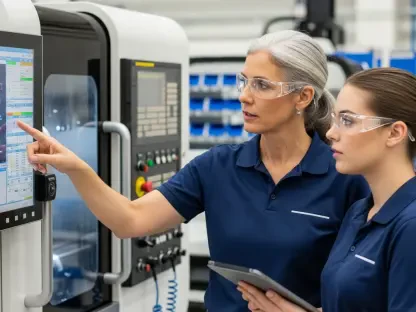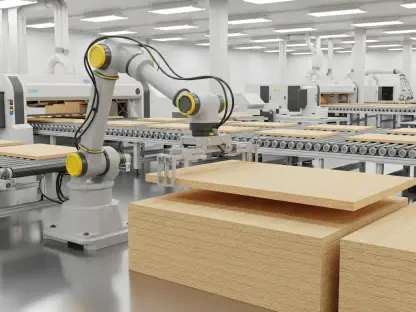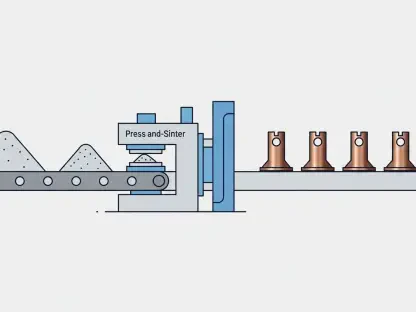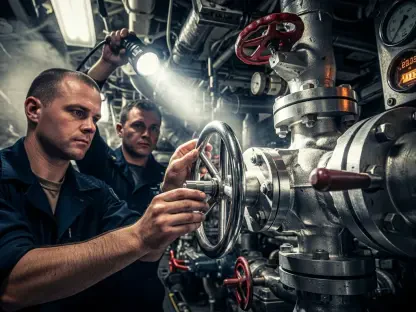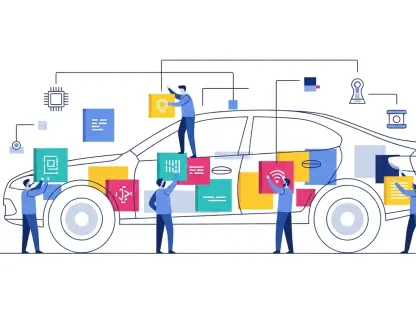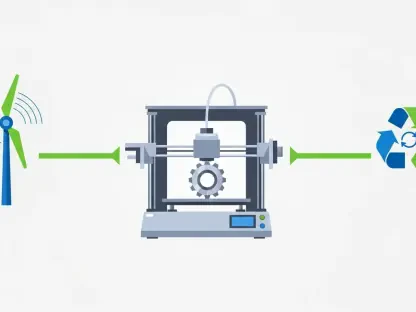What does it take to steer an automotive giant through turbulent economic waters and still come out ahead? Stellantis, the world’s fourth-largest automaker, is betting big with a staggering $13 billion investment to supercharge its U.S. manufacturing operations. Announced in 2025, this colossal commitment promises not just more vehicles on American roads but a lifeline for thousands of workers and a bold stand against global trade challenges. Picture factory floors buzzing with renewed energy across the Midwest—can this be the spark that reignites an industry under pressure?
The Weight of a $13 Billion Promise
This isn’t just a financial pledge; it’s a seismic shift for Stellantis and the U.S. economy. With tariffs biting into profits and vehicle shipments declining, the company’s decision to invest heavily in domestic production signals a strategic pivot at a critical juncture. The plan aims to increase U.S. vehicle output by 50% over the next few years, directly addressing costs like the $1.7 billion hit from tariffs on vehicles made in Canada and Mexico. More than a business maneuver, this investment taps into national priorities of job creation and industrial resilience, positioning Stellantis as a key player in America’s economic recovery.
Beyond the numbers, the stakes are personal for communities tied to the automotive sector. Plants in states like Michigan, Ohio, Illinois, and Indiana stand to gain over 5,000 new jobs, a figure that translates into real hope for families and local economies. As Stellantis operates 34 facilities across 14 states, this move could redefine its role from a global automaker to a cornerstone of American industry, proving that large-scale investments can ripple far beyond balance sheets.
Inside the Blueprint for Growth
Breaking down the $13 billion plan reveals a multi-pronged approach to fortify Stellantis’ U.S. presence. A major focus is expanding manufacturing capacity, with new vehicles like a Dodge Durango rolling out of Detroit and a midsize truck taking shape in Toledo, Ohio. This push isn’t limited to new models; 19 refreshed vehicles and updated powertrains are slated for release through 2029, showcasing a commitment to innovation alongside volume.
Job creation forms another pillar of this strategy, targeting thousands of new positions across key states. This isn’t just about filling factory roles but about reinforcing Stellantis’ footprint in the Midwest, where economic stability often hinges on manufacturing. Additionally, the company aims to reduce reliance on imports—currently, half of the 16 million cars produced for the U.S. market are made domestically—by shifting more production stateside, a direct counter to tariff pressures and supply chain vulnerabilities.
Leadership’s Vision Amid Market Doubts
CEO Antonio Filosa has framed this investment as a turning point, declaring, “This commitment drives growth and brings more American jobs to the states where we build.” His words carry weight for plant workers in Michigan, some of whom have endured years of uncertainty and now see this as a chance for stability. One Detroit assembly line worker shared, “After layoffs and slow years, this feels like a second chance to keep our community strong,” highlighting the human impact behind corporate decisions.
Yet, not everyone shares the enthusiasm. Investors reacted with skepticism, as Stellantis’ shares dipped 4.8% during regular trading on the announcement day in 2025, with further declines after hours. Analysts point to recent financial losses of nearly $2.7 billion in the first half of this year as a source of concern, suggesting that while the long-term vision is bold, short-term risks loom large. This dichotomy between optimism and caution underscores the high-wire act Stellantis must perform to turn this investment into tangible success.
Tackling Headwinds with Targeted Strategies
Navigating the automotive industry’s challenges requires more than deep pockets—it demands precision. Stellantis is countering tariff impacts by prioritizing U.S. plants, a move designed to sidestep the $1.7 billion burden from imports originating in Canada and Mexico. This shift toward domestic production isn’t just financial; it’s a buffer against global supply chain disruptions that have plagued the sector.
Market demand also plays a critical role in this playbook. Reviving fan-favorite models like the Jeep Cherokee and the ICE Dodge Charger, alongside reintroducing the Ram Hemi V8 due to customer demand, aims to reverse a 25% drop in U.S. shipments reported earlier this year. Coupling these relaunches with operational resilience—through updated powertrains and fresh vehicle launches—positions Stellantis to adapt to consumer trends. Meanwhile, balancing growth with cost management remains crucial to rebuild investor trust after recent financial setbacks.
A Legacy of Bold Action
Looking back, Stellantis’ $13 billion investment stood as a defining moment in 2025, a calculated risk to bolster U.S. manufacturing and create thousands of jobs amid economic uncertainty. The initiative tackled tariff costs head-on and sought to recapture market share with new and revived vehicle models. Despite initial investor hesitancy, the strategy laid a foundation for long-term impact.
Moving forward, the focus should shift to sustaining momentum—ensuring that expanded plants deliver on production goals and that new jobs translate into lasting community benefits. Stakeholders must monitor how Stellantis balances innovation with financial recovery, potentially setting a precedent for how global automakers adapt to localized challenges. This chapter in the company’s history could inspire broader industry shifts, proving that strategic investments, when executed with precision, can drive both profit and purpose.


